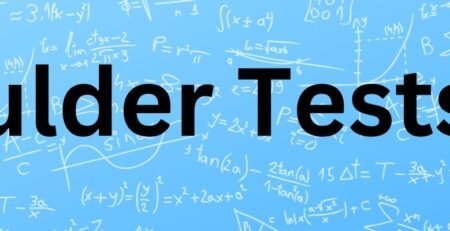Rotator cuff related Shoulder pain
Rotator Cuff
So how do you know if you’ve got rotator cuff pain and what is it? Well, around 70% of shoulder pain in over 45 is related to disorders of the rotator cuff.
Normally people with rotator cuff issues have pain around the outside of the shoulder. Frequently, the pain can be felt down the arm sometimes to the elbow. It’ll generally be the more painful movements being lifting the arm out to the side. The pain can be distributed into what we call a painful arc. Another common painful complaint is getting the hand up behind the back.
The rotator cuff comprises 4 muscles that attach from the scapula to the top of the humerus. This allows all the movements of the arm. Most commonly, the tendon where it attaches to the bone causes a lot of the issues. We call it an umbrella term – tendinopathy.
So what are the best exercises to do for these issues?
Exercises for shoulder pain
External rotations
One of the more important movements and several ways to do this. It involves keeping the elbow still and rotating the hand out externally away from the center of the body. A good way to do this is just a side-lying elbow attached to the side of the body lifting the weight up. You can do this standing doing the same movement but with a cable or with a band. Also, with cables or bands, you can do this with the elbow out to the side fixed in place and pulling the hand back into external rotation. Alternatively, you can also do this movement laid down on the floor. Finally, another variation is like a sleeper stretch but using a weight to bring the shoulder into external rotation. Overall, lots of options for this one, pick which feels best for you.
Scapula retractions
This involves the squeezing of the shoulder blades together. It can be in the form of a row on a machine or several other rowing variations. Another way to do this is with a band pulling it apart or with cables. And you can change the height with this keeping it low, or higher like a rear belt fly depending on what you can tolerate.
Internal Rotation
Commonly missed one but still part of the rotator cuff and still has a place. However, a lot of the time there are bigger muscles getting involved with this like pecs and lats. To be quite specific to the cuff is basically the opposite of the external rotation, but is keeping the elbow fixed and bringing hand in towards the body.
Elevation
This is bringing resistance up from hip level to around shoulder height and can be done with weights, cables, or bands. You can also adjust the plane its done in, you can bring it straight up in front of you into flexion, to the side of you into abduction or a mix between this between the 2 into the scapula plane, normally abduction out to the side is the harder one for this and something to build into so can do the others first, but it can differ between different people.
Combined
Adding some of these movements together can also be a great way to increase recruitment of the rotator cuff and help with rehab. A really nice one is a high face pull, it combines scapula retraction with external rotation, you can again do this with bands or with a cable machine. Next is something called the box on the shelf. This one is generally better with a band. It adds the external rotation resistance with flexion and doing an action like you’re putting a box on a shelf, does what it says on the tin.
Another combined one is The Sword draw. It’s basically the action of drawing a sword from the opposite side, you know how its shown in all the movies. Got a bit of external rotation, a bit of elevation, and a bit of scapula retraction, lovely.
You can be pretty creative with some of these combined ones.
Pressing
Getting to the harder more compound stuff normally later in the rehab is pressing variations, can be press-ups at different levels, chest press, incline press, and shoulder pressing, not directly on the cuff, but it will definitely be getting involved. With this as those movements start feeling ok you can gradually start increasing the weight and difficulty.
Stability
This is using the shoulder to keep body weight stable, this could be simple in a hand plank, made more difficult with movements forward and back with controlled mountain climber movements for example. Can do bear walks going in and out of the movements, crawls transitioning weight, from one side to the other, shoulder touches and then getting even harder into unstable surfaces even harder than that is into single-arm work, doing reaches with the opposite arm in different directions and even single arm on an unstable surface to really step it up.
Following from this there is obviously a ton of sport-specific exercises you can do but that’ll come very much down to the individual and something we won’t get into today.
Approach to treat shoulder pain
A lot of the time there isn’t a superior exercise. The key is the amount of exercise you do. It is important not to forget that this is a rehab plan rather than trying to build muscle mass. You should never work into a sharp pain. Overall, you should feel that after the workout you could almost do another one straight away. It is also important to monitor your symptoms for 24 hrs after exercising as tendons tend to lag in response. If there is no additional pain the following day and the HEP can be repeated then you’re on the right page. Once the baseline is established then it’s all about being consistent and progressive.
If you are struggling with lower back discomfort with or without sciatica and need a consultation, you could find us in Nottingham. You could give us a call on 0115 901 7867 or use our online booking system.









